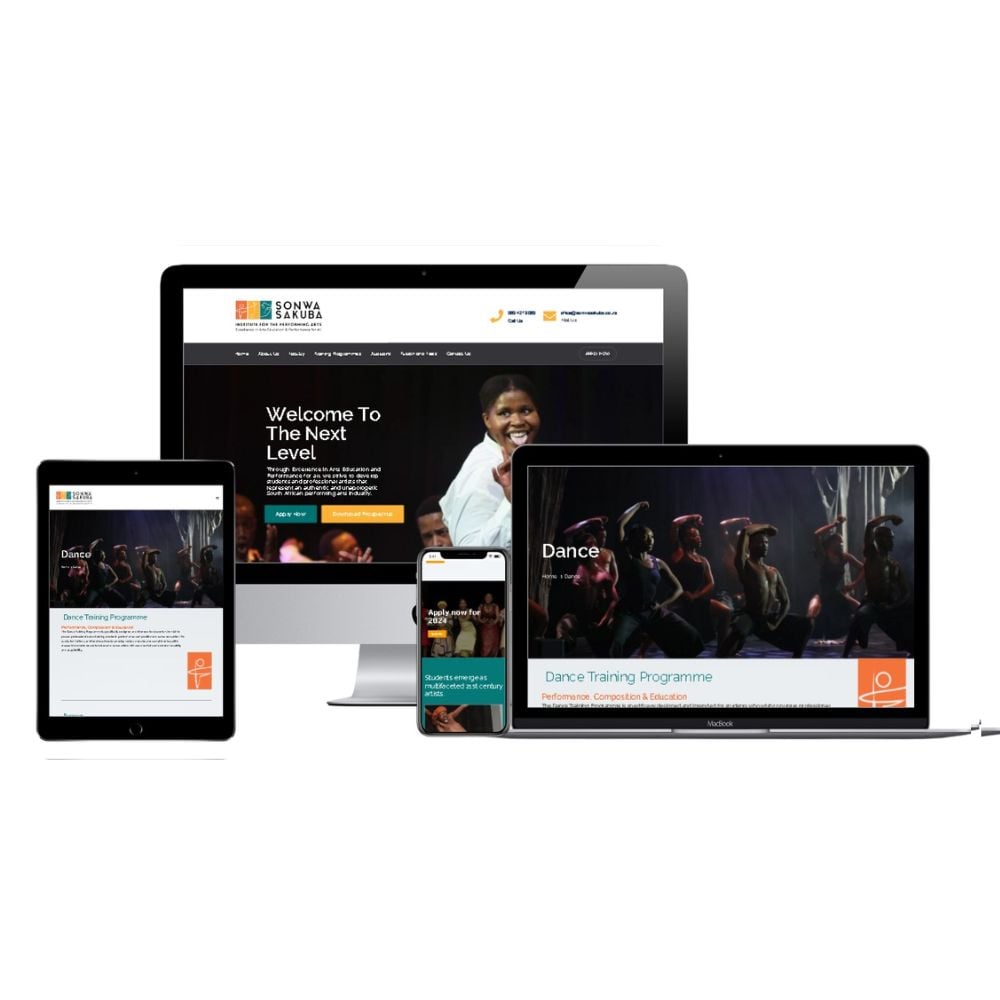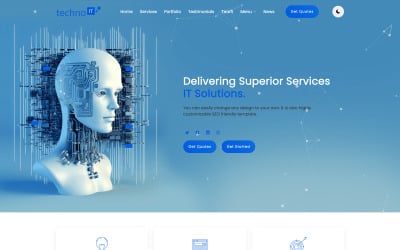Raise Your Brand With Magnificent and User-Friendly Website Design
In today's electronic landscape, a well-crafted website offers as the cornerstone of a successful brand approach. By integrating aesthetic charm with user-friendly navigating, companies can improve customer experience and foster lasting links. As we explore the crucial components of reliable website design, it comes to be clear that the risks are greater than ever before.
Relevance of Internet Site Design
Site layout is vital in today's digital landscape, where roughly 75% of customers judge a company's trustworthiness based upon its web site looks. A well-designed site not only catches focus however also fosters depend on and encourages individual involvement. In an age where online communications are critical, businesses can not pay for to forget the effect of design on customer perception and habits.
Efficient internet site style acts as the structure for a brand name's on the internet presence, influencing customer experience and retention rates. An aesthetically enticing and practical website can set apart a brand name from its competitors, improving its market position. A thoughtfully created website can enhance navigating and enhance the ease of access of information, which is vital for retaining visitors and lowering bounce rates.
Additionally, the relevance of website style extends beyond appearances; it encompasses the integration of responsive style principles that deal with various tools. As mobile use proceeds to climb, making certain that a site functions seamlessly across all platforms is vital for getting to a more comprehensive target market. To conclude, focusing on web site design is not just an issue of aesthetic appeal; it is a critical critical that straight impacts an organization's success in the digital globe.
Key Aspects of User-Friendly Style

Receptive formats make sure that the web site works effortlessly across different gadgets, from desktop computers to smart devices. This flexibility is important in today's electronic landscape, where users accessibility internet sites with multiple platforms.
Furthermore, clear calls to action overview users towards desired results, whether that be buying, registering for a newsletter, or calling the business. These triggers should be prominently presented and quickly recognizable, utilizing contrasting shades and compelling language.
Moreover, ease of access attributes, such as alt message for pictures and key-board navigation choices, are vital in making the website useful for people with disabilities. By integrating these crucial elements, companies can produce an user-friendly web site that not just improves visitor contentment yet likewise motivates interaction and conversions.
Visual Appeal and Branding
Visual appeal plays an important role in developing a brand's identity and cultivating a connection with individuals. A properly designed site mirrors the core worths and personality of a brand, developing a prompt impact that can affect customer understanding and involvement. Aesthetic elements such as shade schemes, typography, and resource imagery collaborate to connect the essence of a brand name, making it memorable and well-known.
Regular visual selections throughout all systems enhance brand name identity and add to a cohesive experience for customers. For circumstances, a high-end brand name may choose a minimalist layout with soft shades and stylish fonts, while a dynamic startup may accept strong shades and playful graphics. These choices not only communicate the brand name's message but also stimulate specific feelings and associations that reverberate with target audiences.
Furthermore, visual allure can set apart a brand in a saturated market. An aesthetically striking website can stand out and welcome expedition, establishing a brand name aside from rivals. Inevitably, the integration of visual appeal within site layout is crucial for building brand commitment and depend on, as it offers as a structure for a strong, long-term relationship between the brand name and its audience.

Enhancing User Experience
A well-crafted style not just captures interest however also considerably boosts individual experience, ensuring site visitors can browse a site easily and complete satisfaction. Secret elements such as user-friendly navigating, responsive formats, and clear contact us to activity are crucial in guiding customers via the web site perfectly. When users can locate details swiftly and easily, their overall complete satisfaction increases, promoting a positive connection with the brand.
Moreover, incorporating visual pecking order assists to guide that site users' focus to one of the most important web content, making it simpler for them to recognize the site's offerings. Regular usage of shades, font styles, and images strengthens brand name identification while developing a cohesive experience that resonates with visitors.
Furthermore, optimizing tons times is vital; slow sites can result in irritation and higher bounce rates. Focusing on mobile-friendliness makes certain that users accessing the site from different tools have an uniform experience, better boosting use.
Gauging Success and Impact
Success in internet site design can typically be gauged with numerous metrics that expose the impact of customer experience on visitor actions. Secret efficiency indicators (KPIs) such as bounce price, ordinary session duration, and conversion rate offer valuable understandings into how successfully a website involves its individuals. Website Design. A high bounce price may show that site visitors are not finding what they expect, signifying the demand for style renovations or material refinement
Additionally, tracking customer interactions via tools like heatmaps and session recordings can show just how visitors browse the website, highlighting locations that need optimization. If customers regularly overlook a call-to-action button, published here it may need rearranging or revamping for better presence.
Moreover, gathering customer responses with surveys or functionality screening can assist identify pain factors in the customer journey. This qualitative data enhances quantitative metrics, supplying an alternative sight of website efficiency.
Ultimately, measuring success and impact in website layout includes a mix of logical tools and customer understandings. By continuously analyzing these metrics, services can make educated decisions that boost user experience and foster brand commitment.
Final Thought
In conclusion, efficient website layout serves as an important component for brand altitude in an affordable digital landscape. Ultimately, a well-executed website style not only differentiates a brand name however likewise dramatically affects its on the internet presence and success.